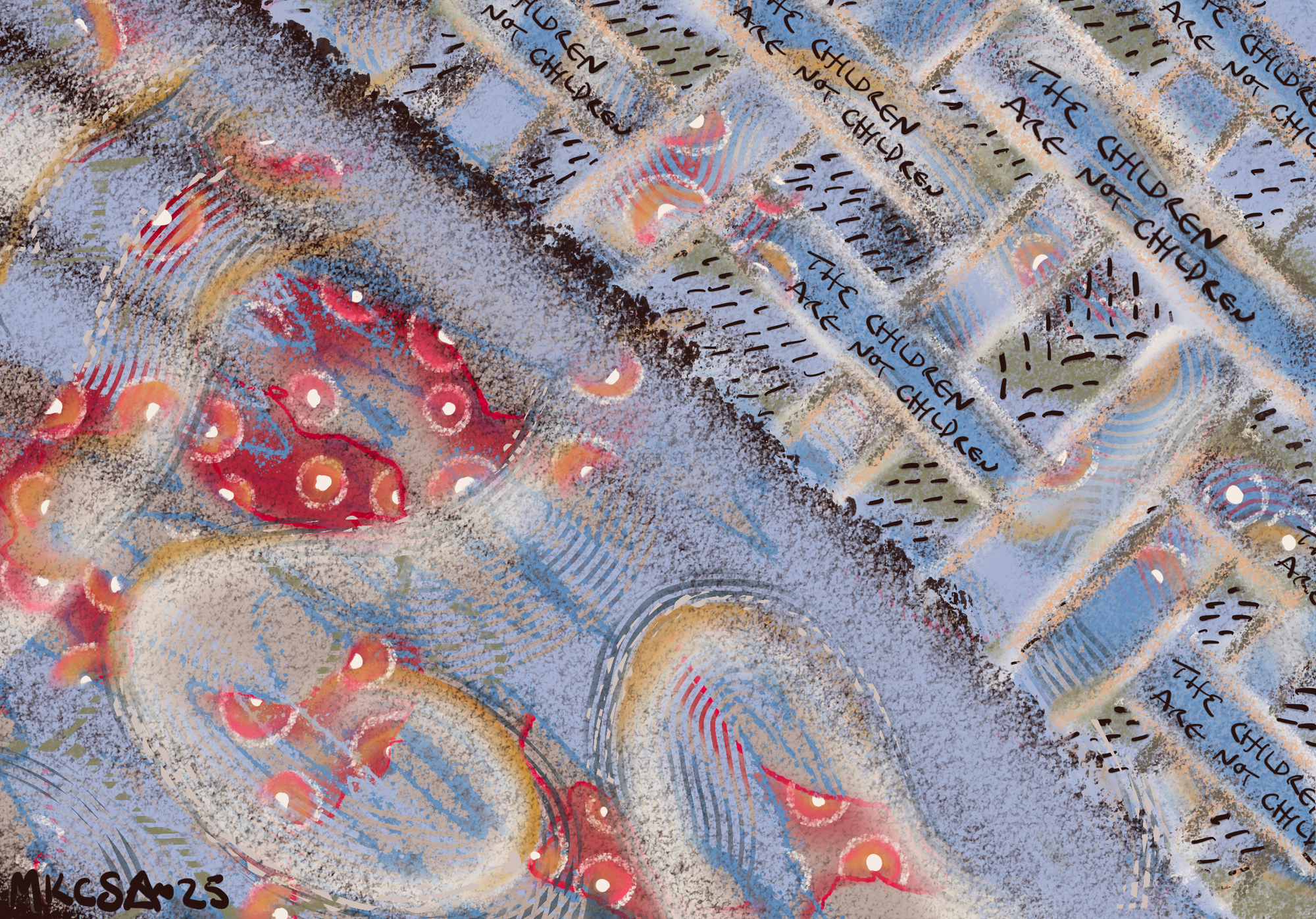Tribute to Maurice Gee
We spent quite some time trying to find examples of such books where a character dies, without the book being specifically a problem book about the protagonist dealing with death, because it wasn’t as common as I’d first thought.

I went to a brilliant session organised by Kathryn Walls last night, discussing recently deceased NZ author Maurice Gee’s children’s books: Celebrating the champion — Maurice Gee’s contribution to children’s literature (part of the Friends of the Dorothy Neal White Collection series).
I loved that one of the speakers, I think Kate de Goldi, had the same experience I did of reading The World Around the Corner (Gee, 1981) just after getting glasses, and found it equally wonderful for that reason. And that Clare Mabey’s son thinks along the same lines as Diana Wynne Jones, wondering if we could just put the world’s villains into a spaceship and send them away (although Jones, in Archer’s Goon (1984), is very clearly aware that sending your problem-people away doesn’t remove the causes of the problems). And that Gee arguably named the heroine of The Halfmen of O (1982) after Susan Pevensie and used her to address The Problem of Susan (Lewis, 1956; Slacktivist, 2012).
My one quibble: in whose world was Jack Lasenby up there with Mahy and Gee as a really major New Zealand children’s writer? I truly don’t see it. Nothing of his I read ever grabbed me, and I don’t remember anyone being a fan when I was a kid, the way people loved Under the Mountain (Gee, 1979) or The Haunting (Mahy, 1982).
After the talk, my mother and I had dinner, and thought about Under the Mountain. None of the speakers focused on it, but it couldn’t be ignored in any session talking about Gee’s children’s works. Apparently, the death of the character Ricky in the book, which I remember being very moved by, caused outcry against the book at the time, leading Gee to be careful to keep all his ‘good guys’ alive in all subsequent books.
I was confused by this, because I felt as though many popular children’s works have important characters die. We spent quite some time trying to find examples of such books where a character dies, without the book being specifically a problem book about the protagonist dealing with death, because it wasn’t as common as I’d first thought. But we thought of Thorin, Fili, and Kili in The Hobbit (Tolkien, 1937), Beth of Little Women (Alcott, 1869), Roger in The Golden Compass (Pullman, 1995), Gwion in Silver on the Tree (Cooper, 1977), and Prince Ellidyr in The Black Cauldron (Alexander, 1965). I am sure there are more. And it always felt particularly real for me that the wise old man, teenager, and kids who are trying to save the world in Under the Mountain don’t all make it through.
Gee’s books don’t attract me the way Mahy’s do. They are too pessimistic, and none of the characters have the type of humour and warmth that I want to spend time with, if I’m going to read about heavy topics, the way Diana Wynne Jones manages. But I enjoyed them, and I remember them, decades after the last time I read them, because they had so much in them.
Added a day later: Gee also impresses me more now than he did at the time, because as a child I saw his use of female protagonists as normal. Looking back, though, I can see he was doing something less usual than I thought it was. I’m glad he was there when I was a child, making it look casual and normal that there should be adventure protagonists who were girls.

